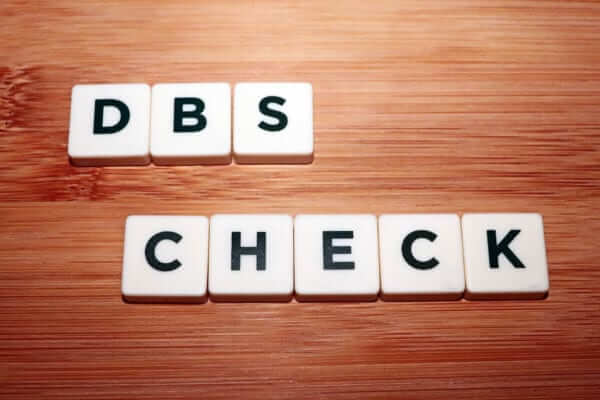Security and trust are paramount, especially when it comes to recruitment, volunteering, or even fostering and adopting. One way to ensure that the individuals you are entrusting with certain responsibilities have a clean criminal record is through a Disclosure and Barring Service (DBS) check. In this blog post, we will delve into the Standard DBS Check, what it is and how it works.
What Is a Standard DBS Check?
A Standard DBS Check, previously known as a Standard Disclosure, is a criminal record check conducted by the Disclosure and Barring Service (DBS) in the United Kingdom. This check is typically requested by employers, certain licensing bodies and other organisations to assess an individual’s criminal history for positions that involve a certain level of responsibility or trust. It provides access to an individual’s criminal record, including both spent and unspent convictions, as well as cautions, reprimands and final warnings.
Who Can Request a Standard DBS Check?
A Standard DBS Check is typically requested for roles that involve working with vulnerable adults, children or positions of trust and responsibility. Some common examples include:
- Teachers and educational staff.
- Healthcare professionals, including nurses, doctors, and caregivers.
- Social workers.
- Financial advisors.
- Security personnel.
- Certain government and public sector roles.
- Taxi and private hire drivers.
- Certain roles in the legal and financial sectors.
It’s important to note that employers and organisations must have a legitimate reason for requesting a Standard DBS Check, and it must be relevant to the role for which the individual is being considered.
The Application Process for a Standard DBS Check
Request
The individual applying for the Standard DBS Check cannot do so directly. It must be requested by the organisation or employer responsible for the recruitment or vetting process.
Completion of the Application
The individual being checked must complete an application form provided by the requesting organisation, which will include personal details, addresses and other necessary information.
ID Verification
The applicant’s identity will need to be verified, typically through official documents such as a passport, driver’s license or birth certificate.
Submission
The application is then submitted to the DBS, which processes the request and conducts the background check.
Results
The DBS Check results are sent to the individual, who can then share the certificate with the requesting organisation.
It’s important to note that the individual can also choose to subscribe to the DBS Update Service to keep their certificate up to date and shareable with multiple organisations, which can be especially useful if they work in various positions requiring DBS checks.
Understanding the Results
The Standard DBS Check provides details of an individual’s criminal history, including convictions, cautions, reprimands and final warnings. Employers and organisations will typically assess these results in the context of the specific role for which the individual is being considered.
It’s essential to remember that having a criminal record does not automatically disqualify someone from a position; it depends on the nature of the offence and the requirements of the role.
Conclusion
In summary, a Standard DBS Check is a critical tool for ensuring safety and trust in various roles that involve responsibility, particularly with vulnerable individuals. Understanding its purpose and how the process works is essential for both employers and individuals seeking such checks, as it helps promote a safe and secure working and living environment.










